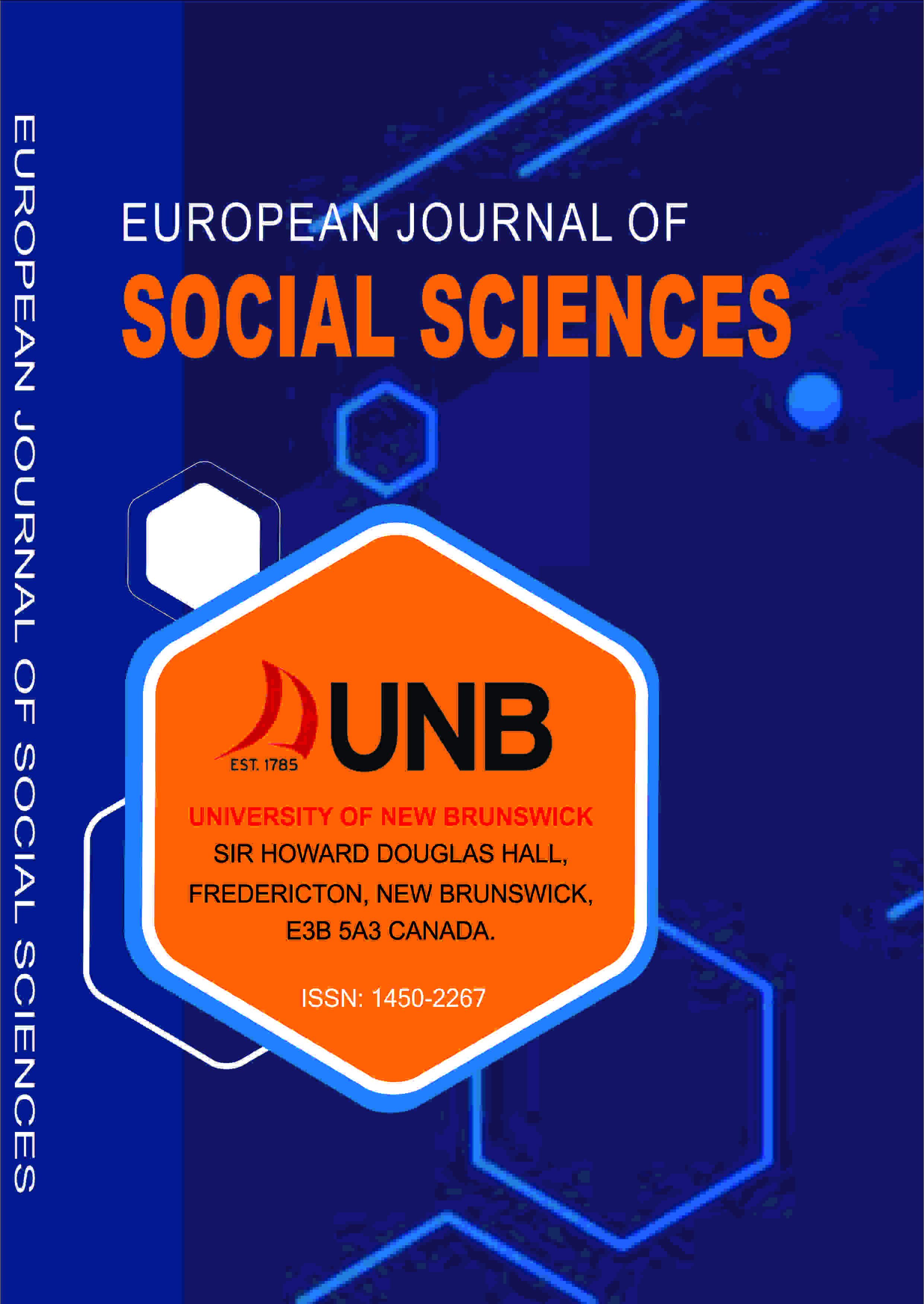EUROPEAN JOURNAL OF SOCIAL SCIENCES (EJSS)
Analysis of Children's Conceptions of Concepts at the End of Pre-Primary Education
E-ISSN: 4899-5667
P-ISSN: 1450-2267
DOI: https://iigdpublishers.com/article/503
The study presents the results of the authors' original research. The subjects of the research were authentic utterances of 5-6-year-old children at the exit from compulsory pre-primary education. They represented individual conceptions of the following concepts: interview, question, poem, fairytale, book, magazine, library, letter, reading, writing, and writer. The concepts were selected from the state curriculum (2016). The aim of the study was to present selected findings from research on children's conceptions of language and literary concepts. In the study, we provided answers to the research question. Which claims from psycholinguistic theories about narrower and broader conceptions of concepts are most valid in children's authentic utterances? The research strategy was quantitative. Children's authentic utterances were obtained through individual interviews. Each child answered four basic questions: what is it? What is it for? What would it be if it wasn't? How do you know that? The children's statements were content-analyzed and interpreted. The children in the research sample were dominated by narrower conceptions of linguistic and literary concepts (61%). The narrower conceptions of the concepts contained a pre-scientific concept of knowing their meaning. The content of their utterances predominantly distorted the objective meanings of the concepts. Children were less likely to interpret social interactions and least likely to use explanations of another, familiar concept. When they did explain concepts in broader terms (34%), they mainly relied on sensory experiences. Some children did not know or did not answer the questions (5%). The conducted research is a part of the VEGA 1/0505/24 project - Children's preconceptions about the phenomena of reading literacy.
Milena Lipnická & Alena Vrábľová
Babiaková, S. (2017). How children formulate their ideas about language and literacy phenomena. In Children on the threshold of education. Research findings and pedagogical inspirations.
Banská Bystrica: Belianum, pp. 55 - 74. Bloom, P. (2015). How children learn the meaning of words. Karolinum Publishing House, Charles University in Prague.
Lipnická, M. (2024). Children´s ideas about symbols from Slovak statehoodof. Ad Alta, 14(1), pp. 103 - 107. doi.org/10.33543/1401
Piaget, J. - Inhelder, B. (1997). The child's conception of space. (F.J Landgdon& J. L. Lunzar, Trans.) London: Routledge and Kegan Paul Ltd. Library.
Průcha, J. (2011). Children's speech and communication. Prague: Grada Publishing a.s.
